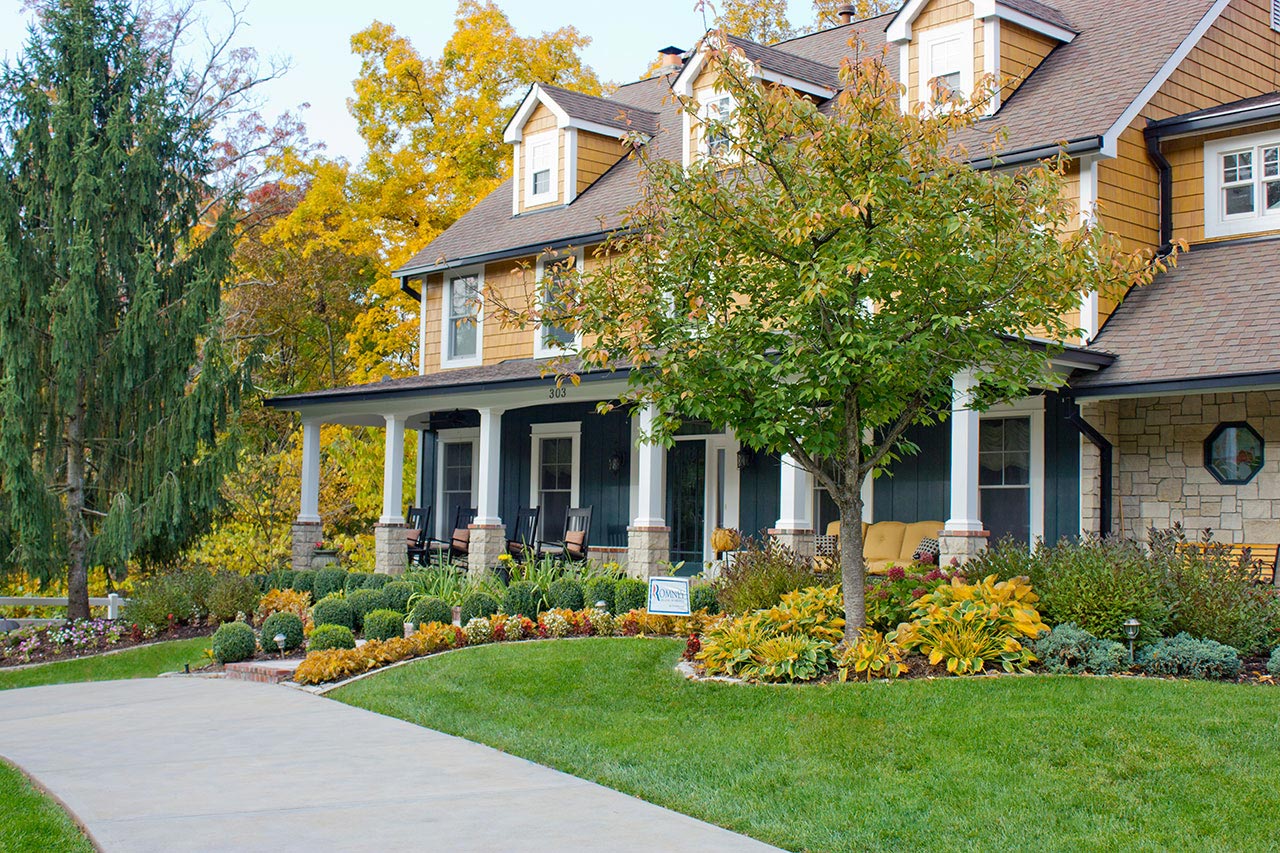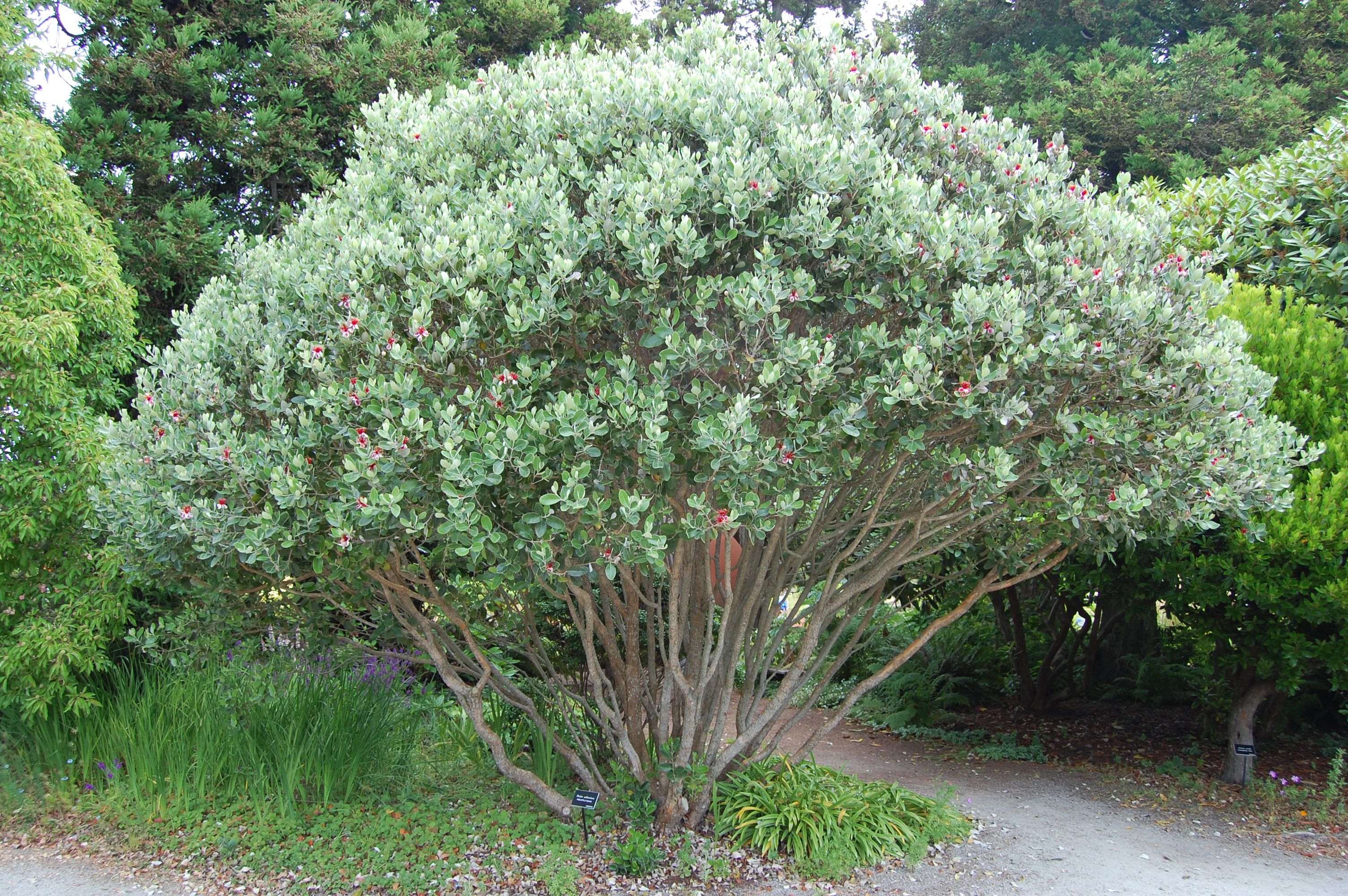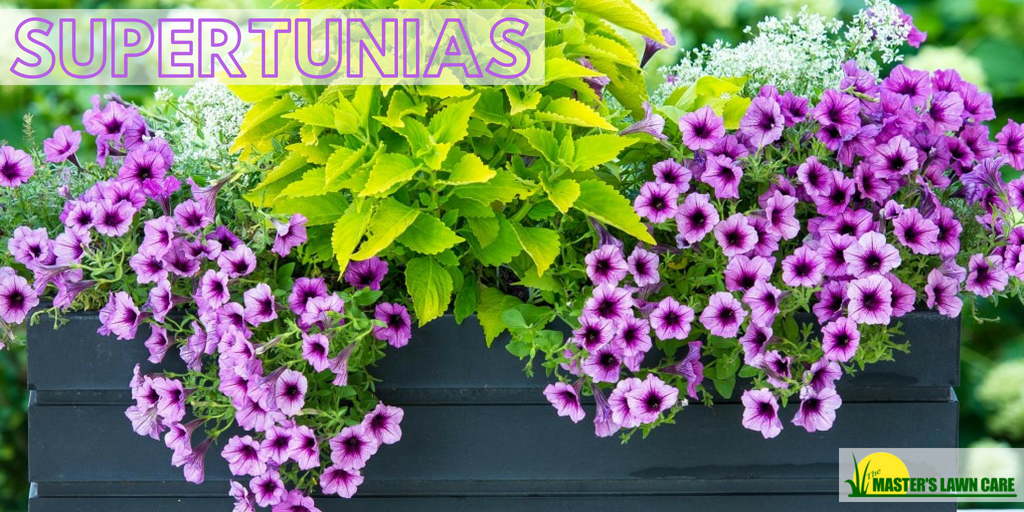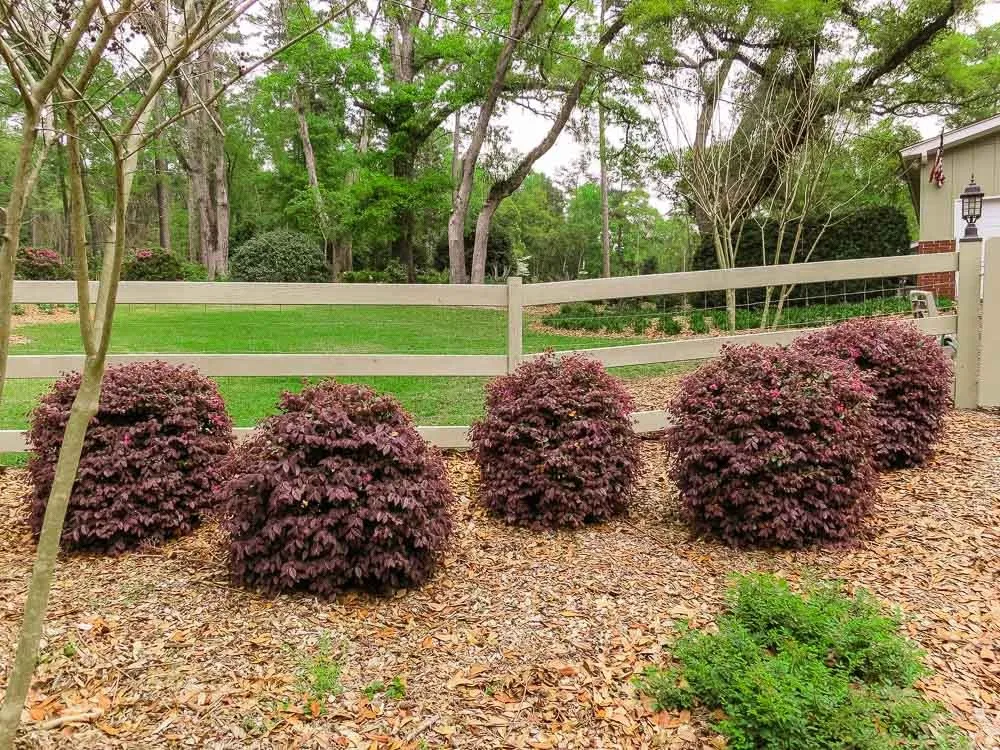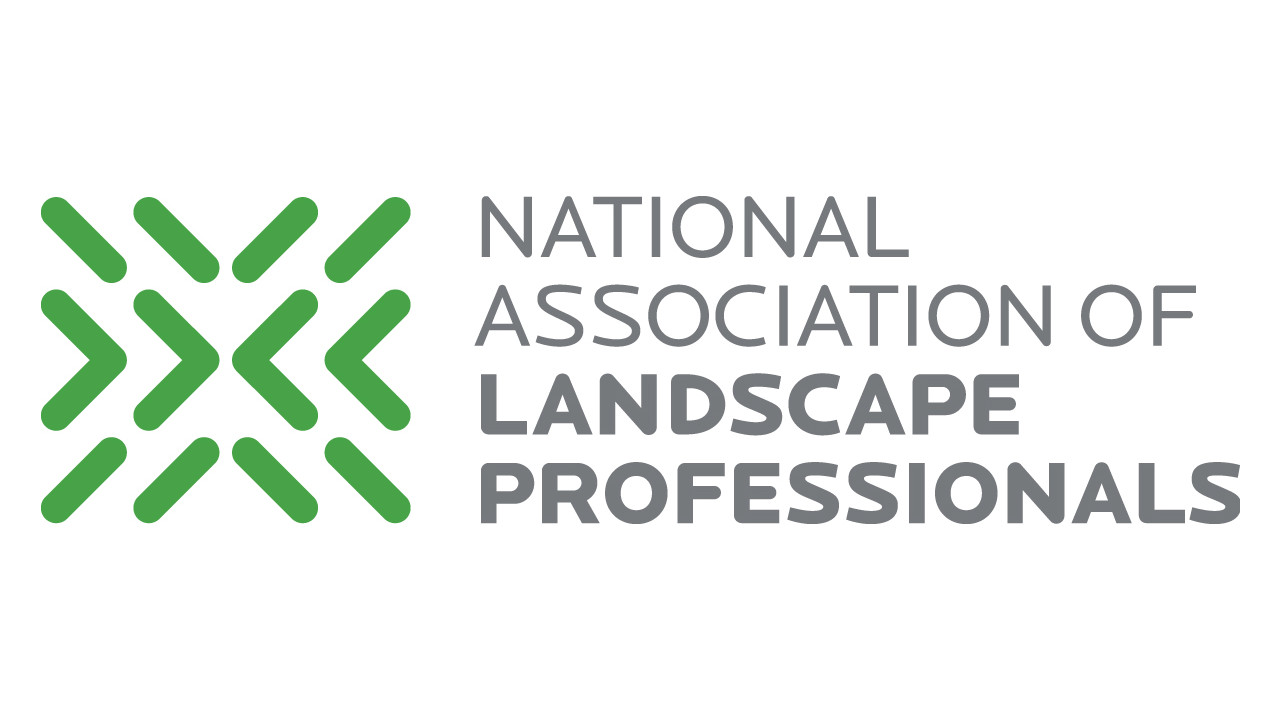Plants, shrubs and flowers thrive when the weather isn't extreme – not too hot and not too cold, not too wet and not too dry. It is important to understand the best seasons for landscaping in Gainesville, because although we do plant landscapes year-round, there are seasons when it is better than others, and fall is certainly one of those seasons.
For many novice landscapers, selecting the right type of plants and the right time to install them can be confusing. Whether your objective is to improve curb appeal, create a space for entertaining, or minimize your maintenance, your effort and investment needs to thrive in order to succeed. To make sure it's the most successful, it is important you know all the facts and particulars about your soil conditions, desired plants, irrigation needs, sun/shade needs, and fertilization / pest control requirements.
Factors also include the amount of sunlight that will be projected in the morning or the afternoon? Or do your landscaping beds get any sun at all? And, how good is the drainage of your landscaping beds during thunder storms? Too much sun, not enough sun, too much water, not enough water, and poor soil conditions all contribute to a failed garden design. Knowing these perspectives and plant needs heelps our team design a landscape that will thrive with minimal miantenance and special care.
Though many of us get the planting bug on the first beautiful day of spring, it is not necessarily the best time to start your landscaping project. Unexpected heat waves, late cold spells, or excessive drought conditions can place stress on newly installed plants, shrubs and flowers.
Also, if you plant during the latter part of spring or summer, you will need to pay a little more attention to making sure your plants withstand the heat and humidity. The hot and humid days of summer place more stress on your plants, shrubs and flowers, and therefore will require routine watering, and a little extra TLC.
As fall lends itself to cooler temperatures and lower humidity, it is the most favorable and most comfortable time of the year to embark on your Gainesville, Florida landscaping project. Planting trees, shrubs, and perennials in the fall allows for them to establish their root system longer in milder seasons (winter is also a milder season in Florida) so they are strong when spring arrives. More developed root systems help plants perform better in the summer, more so than those planted in the spring. Perennials will flourish and be ready to bud. Fall is also the best time of the year to divide perennials and transplant them too, such as Irises, Lillies, and others.
If you are still set on planting in the spring rather than fall, make sure you do so with a funtioning irrigation system, as spring brings our driest season of the entire year.
As the fall holidays approach, it is a good time to plant cold-tolerant annuals like Diasica, Pansies, Violas, Nemesia and Kale - the flowering cabbage that seems to be installed in every landscape bed in October.
As with any home improvement project, it is always best to consult with a professional who specializes in Ganesville Landscape Rennovations. If you would like assistance with your Gainesville landscaping project, please call us at (352) 378-5296 or fill out our contact us form at the top of the page.

